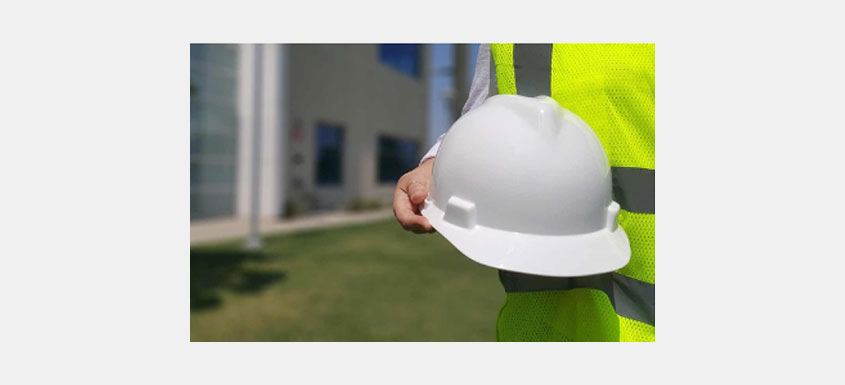In environments where people and heavy machines co-exist there is always an imminent risk of accidents. As a company, we have the responsibility to take every measure we can to avoid those risks and ensure that each colleague gets home safe every day.
In this blog, I will share my experience of how we in Stora Enso have leveraged digital technology to avoid accidents in our warehouses, as well as how digital solutions is paving the way to further improve safety in the future.
We are today undertaking the first company-wide global roll out of a digital solution in our mills. The digital solution in scope is called ‘Warehouse Anti Collision solution’ and does just what the name indicates – it helps humans and machines to avoid collisions in our warehouses. The goal is now that the solution will be implemented in 64 warehouses in seven countries by the end of 2021.
But before I continue, let me first take you back to where it all started. One could safely say that our warehouses are vibrant environments where employees co-exist with heavy machines like forklifts and trucks. Throughout the day, raw materials from suppliers are unloaded in the warehouse and finished products are loaded to be shipped to our customers. In 2016, a discussion was raised around what we could further do to avoid potentially dangerous collisions and accidents between humans and machines in these warehouse environments. Together with my team I screened through different potential solutions already existing in Stora Enso, but came to the conclusion that we needed to create something entirely new to fulfill the need.
Through our Stora Enso Digitalisation Fund we received funds to start the project of setting up a proof of concept of what would later become the Warehouse Anti Collision solution. A handful potential technical partners were evaluated to see if we could continue to build and co-create around their products. In the end, a company which had previously built alarm solutions for cross walks and railroad crossings was selected as our partner.
Together we started in small scale to test and roll out the new solution in our Finnish mill Imatra. The solution comprises detectors which employees carry, and other detectors installed on vehicles, like for example forklifts. When the two detectors come close enough to each other, an alarm goes off. Throughout the project, our employees have been highly involved in testing and giving feedback on the solution. Through the testing we made early discoveries – for example, the alarm signals needed tuning since they were irritatingly loud, and the radio signals needed to be strong enough to penetrate objects such as paper rolls.
As the project proceeded, important enhancement areas of the solution were identified. The detectors could also be configured to prevent unauthorized people enter restricted areas – only people carrying a detector should be able to enter. Moreover, what if we could decrease the number of unnecessary alarms going off if we could configure the detectors to work differently in specific safety zones? We solved this challenge by programming the detectors to sense when a human is inside a safety zone and thus deactivating the alarm signal, while also ensuring that a vehicle cannot enter the safety zone at all.
Reflecting on this journey, I am most proud that the implementation of this solution has greatly reduced the risk of accidents in our warehouses. Since the solution was implemented in Imatra, we have had no accidents or even close calls to accidents between humans and machines in our warehouse. I am also very keen to see what the future holds for our global roll outs of digital solutions.
2021 and forward is going to be the time of truly scaling out digital technology in our mills and sites cross the company to increase safety. As an example, we are now focusing on scaling out the IoT hand valve sensors during the coming years. These sensors further help us ensure that we have control over the fluids in our mill systems to avoid accidents of leakages. Another example is a mobile app currently being scaled out to support employees with social distancing during the Corona pandemic.
These are only a few examples of what we are doing. And looking even further into the future, many of the digital solutions we are working on for our mills are also indirectly going to increase safety for our employees. For example, when we automate processes, or ensure proactive rather than reactive maintenance with the help of analytics and AI, we also reduce the risk of humans becoming the subject of an accident. Digitalisation will help us ensure we deliver on our goal of every colleague getting home safe every day.
Source: Stora Enso













